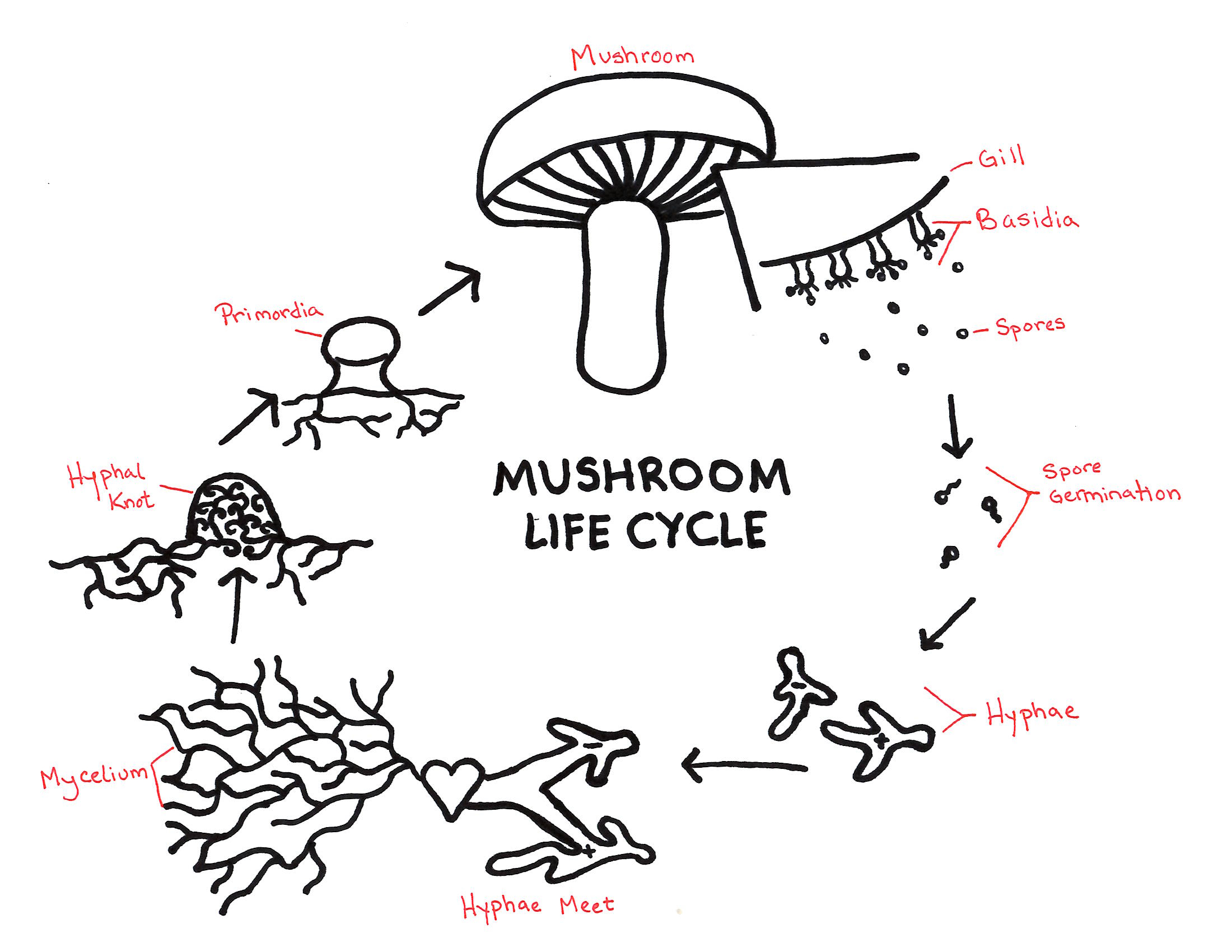
Fire (passion/intuition) opposes Earth (stability/sensation), Water (merger/feeling) opposes Air (separation/thinking). In most other Hermetic domains (including what has evolved into modern Witchcraft, Ceremonial Magic, and Jungian psychology), the two oppositions respect traditional interpersonal conflicts. Fire (hot, Summer) opposes Air (cold, Winter), Earth (solid, Autumn) opposes Water (fluid, Spring).

In Astrology, the two oppositions respect seasonal contrasts. Fire (exciting) opposes Water (calming) and Earth (solid) opposes Air (adaptive). In traditional Alchemy, the two oppositions respect motivation and stability as aspects of work. Each of these is invested in a different pattern of pairing the elements. Hermes Tresmigistus is said to have that name because his discipline involved three focal traditions: Alchemy, Astronomy and 'Theurgy'. Different perspectives arise from different contrasts between the behaviors of the elemental ideas. There are three different ways the elements can be opposed to one another, and Western esoteric traditions have used all three of them to good effect. They too evoke an ancient past and a rapport to nature and art that is timeless and survives through constant experimentation and renewal into the present.(If your focus is directly on Empedocles, pardon the disconnect.)
4 elements of nature dyagram series#
In their recent work our five Greek ceramicists have created a series of objects whose textures, forms, colors and glazes were directly inspired by the hills, sea, sunlight and sky of the island of Paxos in the Ionian sea. They share their visionary and dreamy quality with many of the floating images in the Villa watercolors and prints.īy recovering the vital symbolism of the past Villa and Greco prove to us that we can still use it as guide for our relationship with nature in the present and the future.Ĭlay and the kiln are the essential elements of ceramic creation which have always been associated with the elements of earth and fire. As they rise, float, yearn, merge with each other or drift away, his figures illustrate the energy and flux of natural forces and their intimate connections to sensuous human experience. Greco in his sculptures associates the moods and movements of the human body and head to the elements and the seasons.
4 elements of nature dyagram full#
They are nostalgic but also full of energy as if fighting to be recognized and remembered. These ancient images emerge almost as forgotten visions or dreams through the vibrant color, drips and splashes of the watercolors.

Villa uses ancient and Baroque allegorical art, nature motifs, Latin inscriptions and also Renaissance geometric diagrams illustrating the properties of the four elements, as the basis for his watercolors. In the watercolors, prints and sculptures of the current exhibition our two Italian artists – Ettore Greco and Nicola Villa - have re-appropriated this ancient symbolism translating it into their personal techniques and styles. For centuries they furnished humanity with its fundamental conceptual links to nature and may yet inspire us in our quest for its preservation. At a time when nature and the ecology of the planet are undergoing an unprecedented assault from human civilization, it might be useful to remember these bygone notions of timeless elements and cycles. A further connection was made between the seasons and the “Four Ages of Man” : spring as childhood, summer as young adulthood, autumn as maturity and winter as old age.Īll of the above notions provided poets, writers, musicians and artists with a marvelous field of conceptual exploration and symbolism resulting in a rich iconography which nourished the arts up to modern times. The seasons were of course associated with the cycles of agriculture and husbandry and the notions of fertility/life – spring/summer - and decay/death – autumn/winter. For the earth to become fertile it required rain which was produced by water evaporating thanks to the heat (fire) of the sun which turned water into cloud (air) which when cooled descended to the earth again in the form of rain. A further association was commonly made between the elements and the cycles of nature and the seasons. They were even, according to Galen, associated with the human body as the basis of the “four humors” : yellow bile with fire, black bile with earth, blood with air and phlegm with water. From Antiquity to the Renaissance the four elements – earth, air, water, fire - were viewed as being the constitutive elements of the world.


 0 kommentar(er)
0 kommentar(er)
